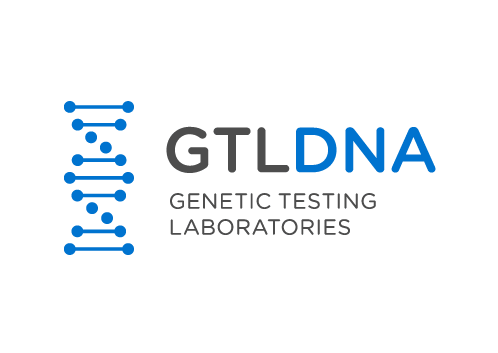When it is something as important as establishing the paternity of a child, particularly legal DNA test cases, it is not wise to leave any room for uncertainty. In an ideal situation the mother, child and alleged father should all be tested.
A child inherits half their DNA from their mother and the other half from their father. As the DNA the child inherits from the mother will match the mother’s DNA exactly, the remaining unmatched DNA will match that of the biological father.
Without being able to remove the mother’s DNA from the equation there is a chance that results will not be conclusive, which may require additional genetic marker testing, therefore extending the time and cost needed to achieve conclusive results.
In general, if the mother is available for testing, samples should be collected. Either way, the testing can still be performed and accurate results can be achieved without a sample from the mother.
